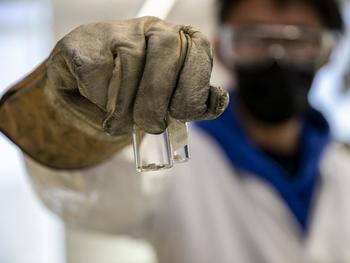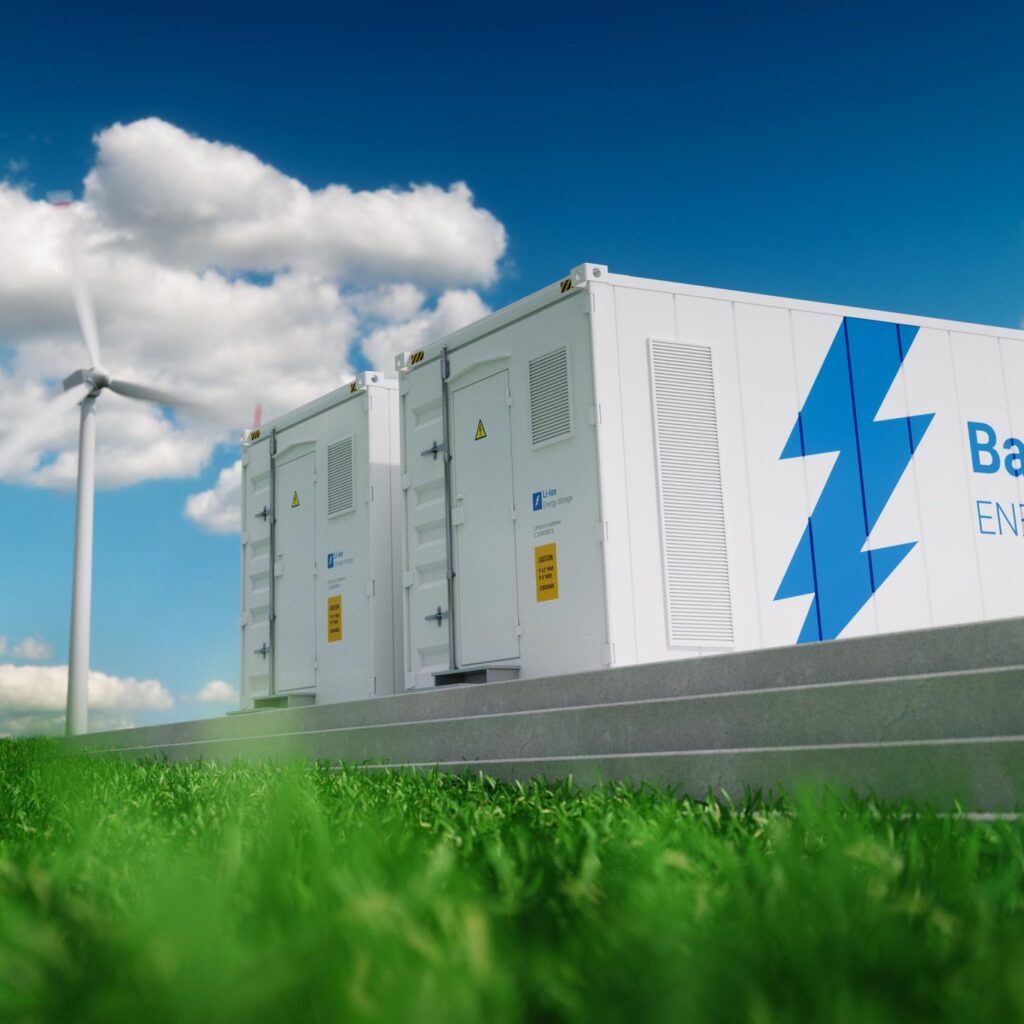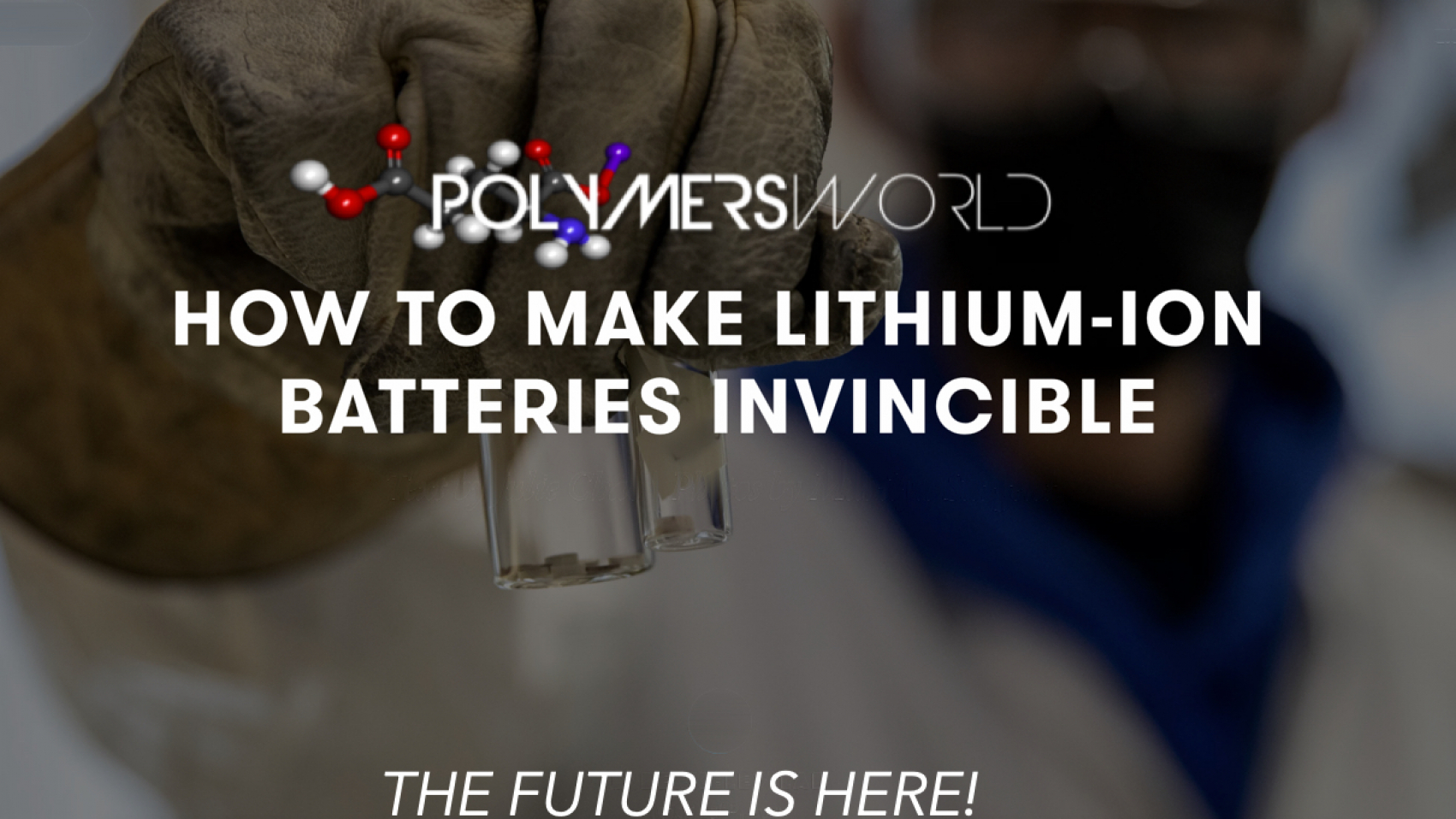In our future supercharged world, the demand for battery storage is expected to be immense, reaching upwards of 2 to 10 terawatt-hours (TWh) of annual battery production by 2030, from less than 0.5 TWh today. However, concerns are mounting as to whether key raw materials will meet this future demand. The lithium-ion r battery – the dominant technology for the foreseeable future – has a component made of cobalt and nickel, and those two metals face critical supply shortages on the global market.

After several years of research, a specialized Berkeley Lab has made significant progress in developing battery cathodes using a new class of materials that provide batteries with the same if not higher energy density than conventional lithium-ion batteries but can be made of inexpensive and abundant metals. Known as DRX, which stands for disordered rock salts with excess lithium, this novel family of materials was created less than ten years ago and allowed cathodes to be made without nickel or cobalt.

Focus
In our future amazed world, the demand for battery storage is projected to be enormous, reaching to upwards of 2 to 10 terawatt-hours (TWh) of annual battery production by 2030, from less than 0.5 TWh today. Nevertheless, issues are growing regarding whether crucial basic materials will be adequate to meet this future need. The lithium-ion battery – the dominant technology for the foreseeable future – has actually a component made from cobalt and nickel, and those two metals deal with severe supply constraints on the international market.
Now, after numerous years of research led by Lawrence Berkeley National Laboratory (Berkeley Lab), scientists have made considerable progress in establishing battery cathodes using a new class of products that supply batteries with the same if not higher energy density than standard lithium-ion batteries but can be made from low-cost and abundant metals. Called DRX, which means disordered rocksalts with excess lithium, this unique family of products was developed less than 10 years back and enables cathodes to be made without nickel or cobalt.
The classic lithium-ion battery has served us well, but as we consider future needs for energy storage, its dependence on particular important minerals exposes us not only to supply-chain risks, but also environmental and social concerns. This provides lithium batteries the possibility to be the structure for sustainable battery technologies for the future.
The cathode is among the two electrodes in a battery and represent more than one-third of the expense of a battery. Presently the cathode in lithium-ion batteries uses a class of products referred to as NMC, with nickel, manganese, and cobalt as the key ingredients.
With the current NMC class, which is limited to simply nickel, cobalt, and an inactive component made of manganese, the timeless lithium-ion battery is at the end of its efficiency curve unless you transfer to brand-new cathode materials, which’s what the DRX program deals. DRX products have enormous compositional versatility – and this is very effective due to the fact that not only can you utilize all sort of abundant metals in a DRX cathode, but you can also use any type of metal to repair any problem that might come up throughout the early stages of developing new batteries. That’s why we’re so fired up.
Cobalt and nickel supply-chain threats
The U.S. Department of Energy (DOE) has made it a top priority to find ways to minimize or get rid of the use of cobalt in batteries. “The battery market is dealing with an enormous resource crunch,” said Ceder. “Even at 2 TWh, the lower range of international demand projections, that would consume almost all of today’s nickel production, and with cobalt we’re not even close. Cobalt production today is just about 150 kilotons, and 2 TWh of battery power would need 2,000 kilotons of nickel and cobalt in some mix.”
What’s more, over two-thirds of the world’s nickel production is presently utilized to make stainless-steel. And majority of the world’s production of cobalt originates from the Democratic Republic of Congo, with Russia, Australia, the Philippines, and Cuba rounding out the leading 5 producers of cobalt.
On the other hand, DRX cathodes can use just about any metal in place of nickel and cobalt. Researchers at Berkeley Lab have actually focused on using manganese and titanium, which are both more plentiful and lower cost than nickel and cobalt.
Manganese oxide and titanium oxide expense less than $1 per kg whereas cobalt expenses about $45 per kg and nickel about $18. With DRX you have the possible to make really low-cost energy storage. At that point lithium-ion becomes unequalled and can be used all over – for lorries, the grid – and we can truly make energy storage abundant and economical.
Ordered vs. disordered
Ceder and his team established DRX materials in 2014. In batteries, the number and speed of lithium ions able to take a trip into the cathode translates into how much energy and power the battery has. In standard cathodes, lithium ions travel through the cathode product along well-defined pathways and organize themselves in between the transition metal atoms (normally cobalt and nickel) in neat, orderly layers.
What Ceder’s group found was that a cathode with a disordered atomic structure might hold more lithium – which suggests more energy – while enabling a larger series of components to function as the shift metal. They likewise found out that within that mayhem, lithium ions can easily hop around.
In 2018, the Vehicle Technologies Office in DOE’s Office of Energy Efficiency and Renewable Energy offered financing for Berkeley Lab to take a “deep dive” into DRX products. In collaboration with researchers at Oak Ridge National Laboratory, Pacific Northwest National Laboratory, and UC Santa Barbara, Berkeley Lab groups led by Ceder and Guoying Chen have actually made significant progress in enhancing DRX cathodes in lithium-ion batteries.
For example, the charge rate – or how fast the battery can charge – of these materials was initially extremely low, and its stability was also bad. The research group has actually discovered methods to deal with both of these problems through modeling and experimentation. Research studies on utilizing fluorination to improve stability have been published in Advanced Functional Materials and Advanced Energy Materials; research study on how to allow a high charging rate was recently released in Nature Energy.
Given that DRX can be made with several elements, the researchers have also been dealing with which aspect would be best to utilize, striking the sweet area of being plentiful, low-cost, and providing great efficiency. “DRX has now been manufactured with nearly the entire table of elements,” Ceder stated.
This is science at its finest – basic discoveries that will serve as the bedrock of systems in future houses, lorries, and grids. What has made Berkeley Lab so successful in battery innovation for years now is our combination of breadth and depth of know-how – from essential discovery to characterization, synthesis, and manufacturing, as well as energy markets and policy research. Partnership is crucial – we partner with market and beyond to fix real-world problems, which in turn assists galvanize the world-leading science we do at the Lab.
Quick progress
New battery materials have generally taken 15 to 20 years to commercialize; Ceder believes progress on DRX materials can be accelerated with a larger team. “We’ve made terrific progress in the last three years with the deep dive,” Ceder stated. “We’ve pertained to the conclusion that we’re ready for a bigger group, so we can involve individuals with a more varied set of skills to really refine this.”
An expanded research group could move quickly to deal with the staying concerns, including enhancing the cycle life (or the number of times the battery can be recharged and discharged over its life time) and enhancing the electrolyte, the chemical medium that enables the circulation of electrical charge between the cathode and anode. Given that being established in Ceder’s laboratory, groups in Europe and Japan have also launched big DRX research study programs.
Advances in battery innovations and energy storage will require continued breakthroughs in the essential science of products. Berkeley Lab’s knowledge, distinct facilities, and abilities in sophisticated imaging, calculation, and synthesis allow us to study products at the scale of atoms and electrons. We are well poised to accelerate the development of promising materials like DRX for clean energy.
Are you looking for protective coatings? ArmorThane is our go to company for many materials but more than any other product, polyurea is the greatest product on earth. If you would like to have some questions answered or would like to know how you can become a professional applicator, click here.

